Meet The Greater Kudu, The African Antelope With Symmetrical Spiral Horns (+10 Pics)
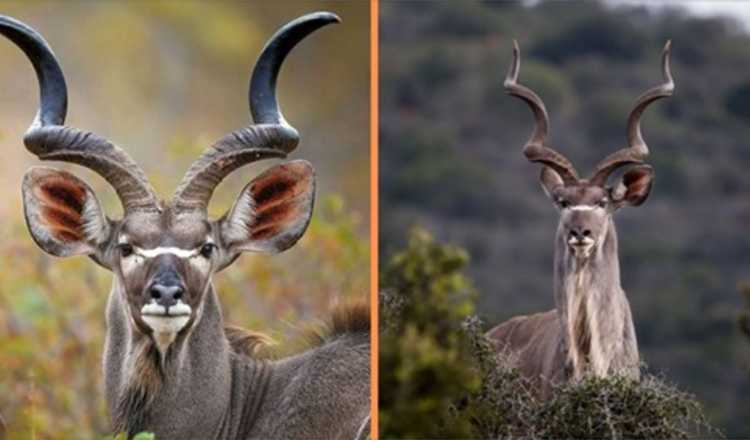
Native to south and east Africa, these antelopes are herbivores and can be found in the woodlands foraging for shoots and leaves, writes kingdomstv.
Thankfully, they are protected by most countries on the continent so these stunning animals can still be found in large numbers in their territories. Especially in reserves such as the famous Kruger National Park.
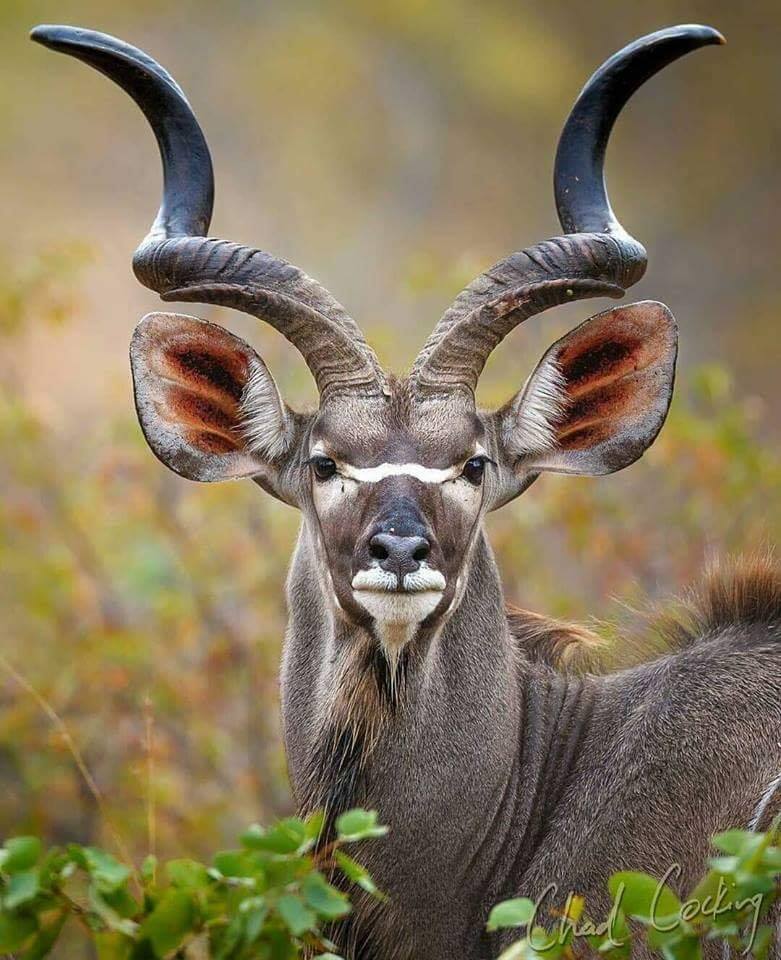
Adult males reach 60 inches tall, at the shoulder and can weigh anywhere between 260 an enormous 700 pounds.
As amazing as this may be, their most impressive feature is no doubt the males twisting horns.
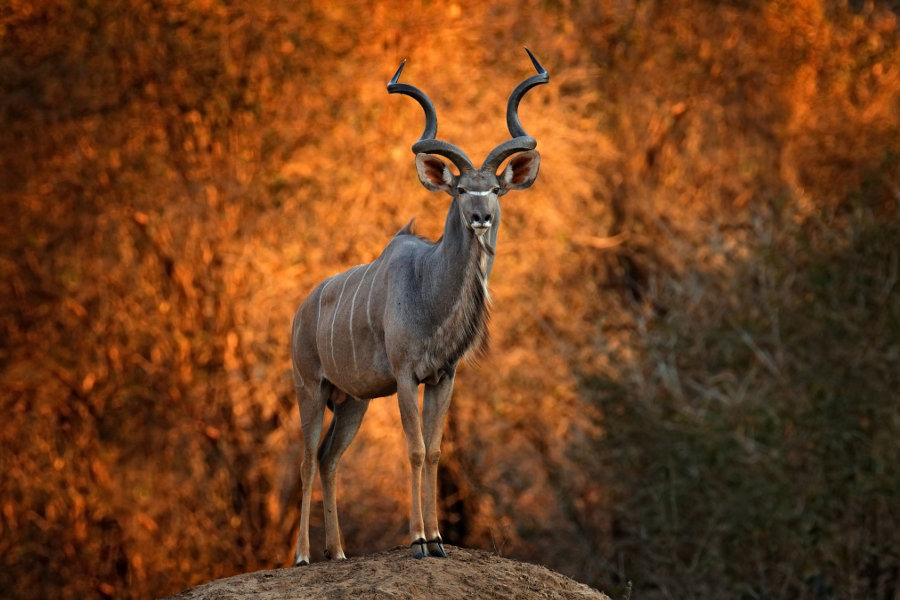
Usually, the horns will form two to two and a half full twists and can stretch up to 47 inches if straightened.
The biggest recorded horns were 6 feet long when straightened!
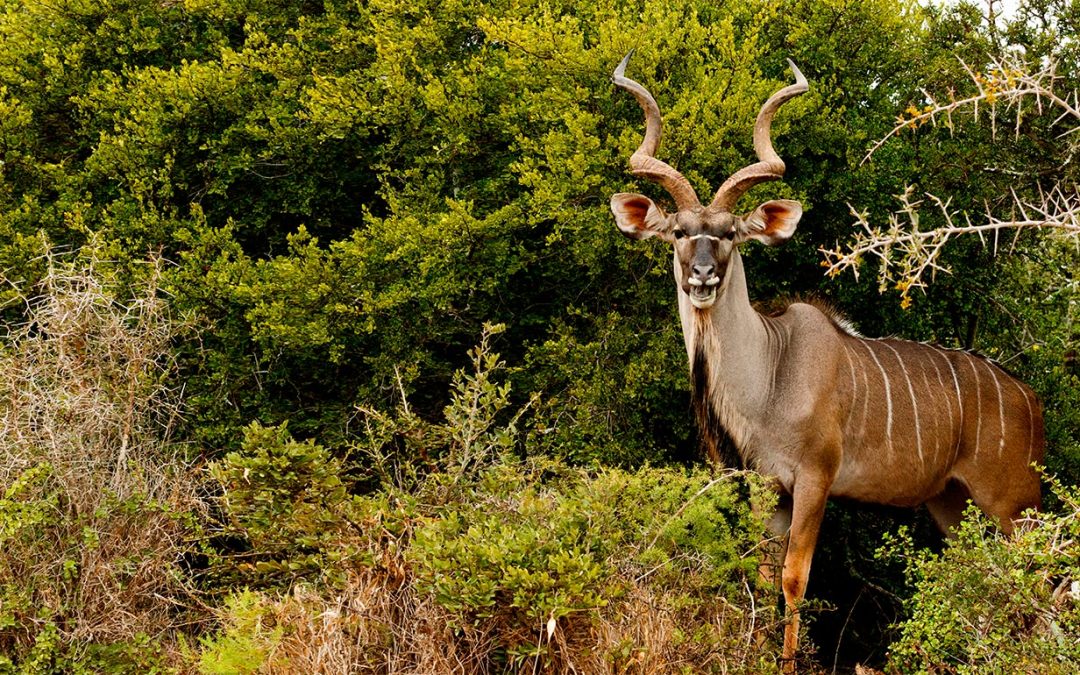
Despite having these large horns which could easily deal some damage, these creatures aren’t typically aggressive.
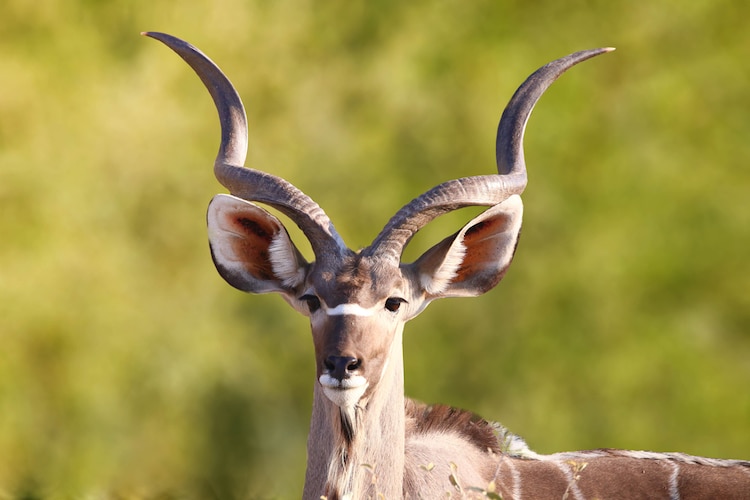
Males will occasionally lock horns to fight over dominance. In rare cases, they can remain locked until they starve to death if no one backs down.
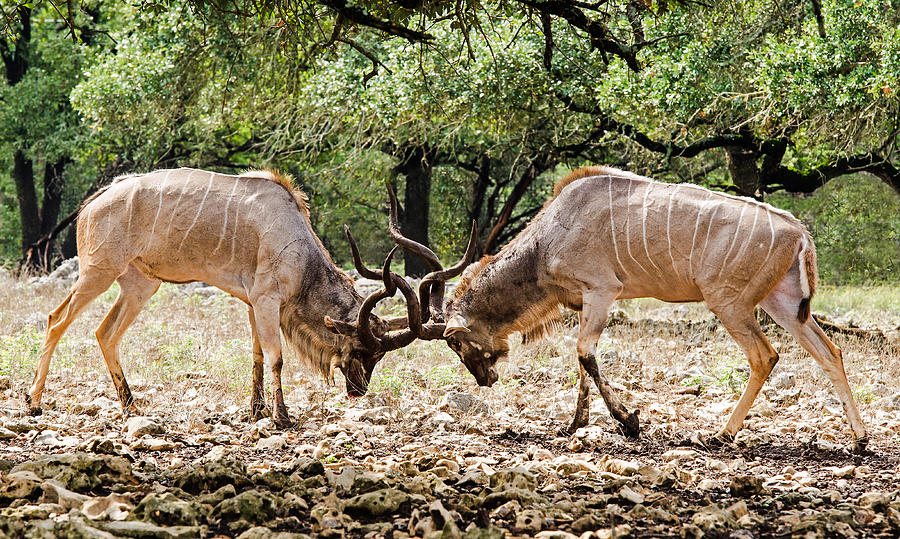
They prefer staying clear of wide, open spaces. They will stand completely motionless among vegetation and will blend in due to their stripes.
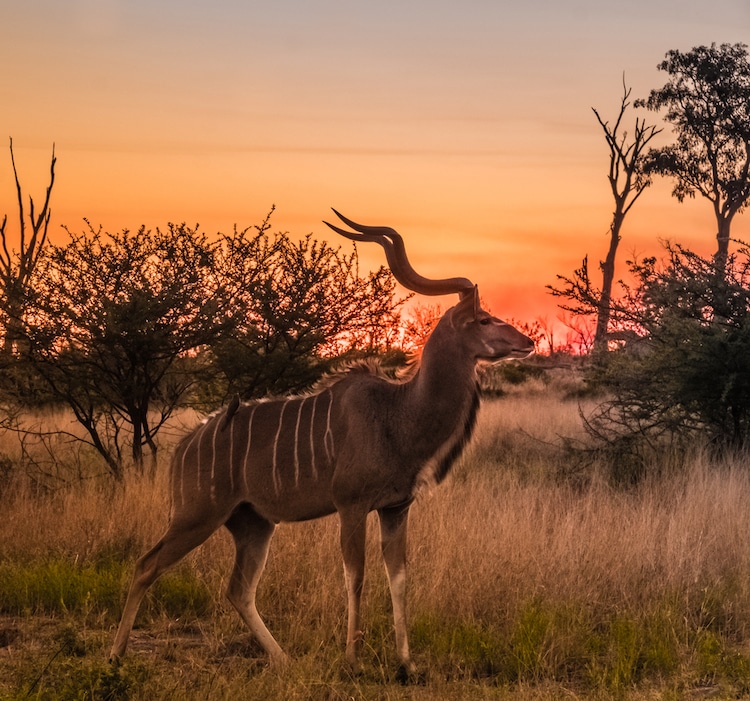
This keeps them safe from lions, African dogs and hyenas who are their main predators.
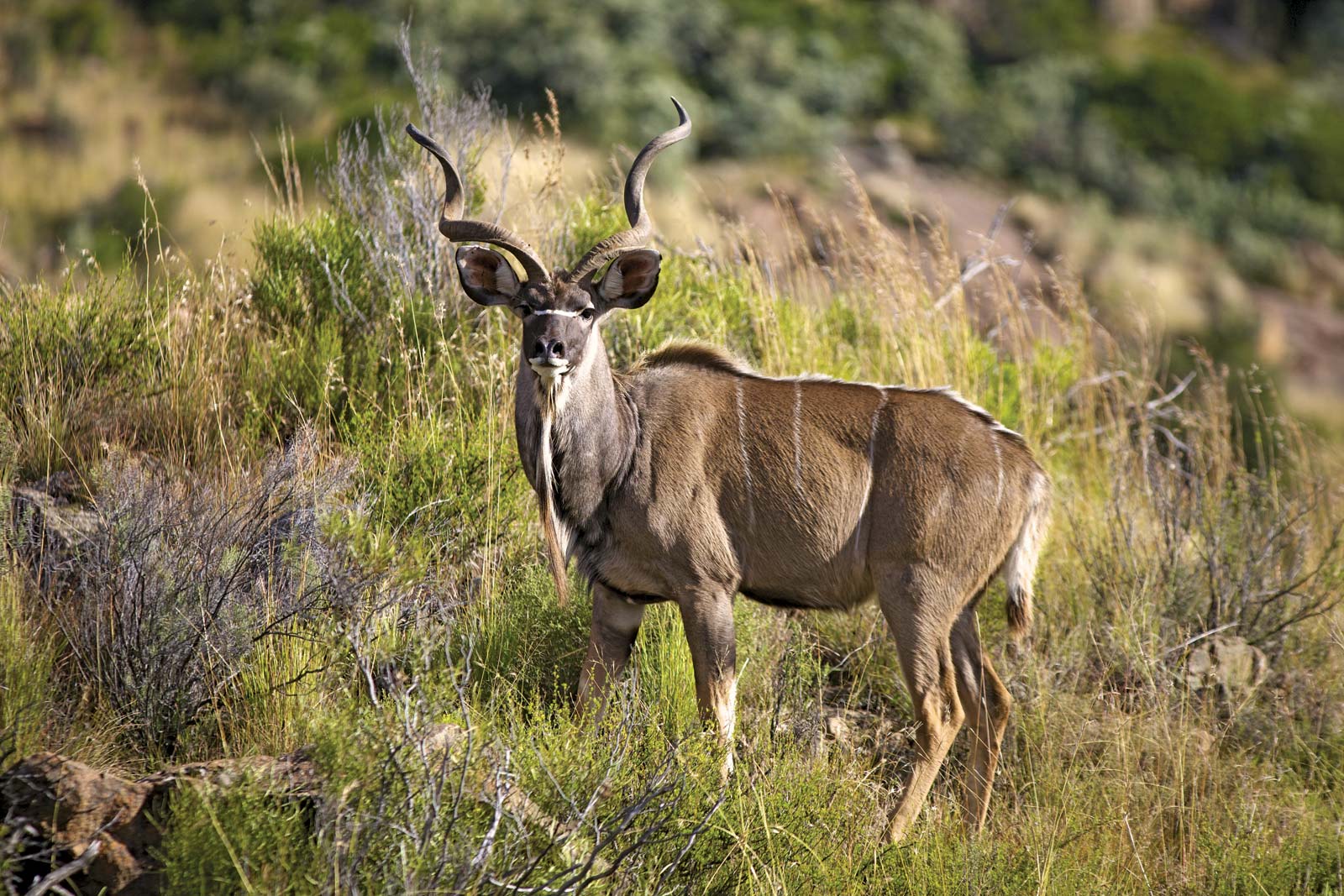
Males often remain solitary and on rare occasions, will make a small group of bachelors.
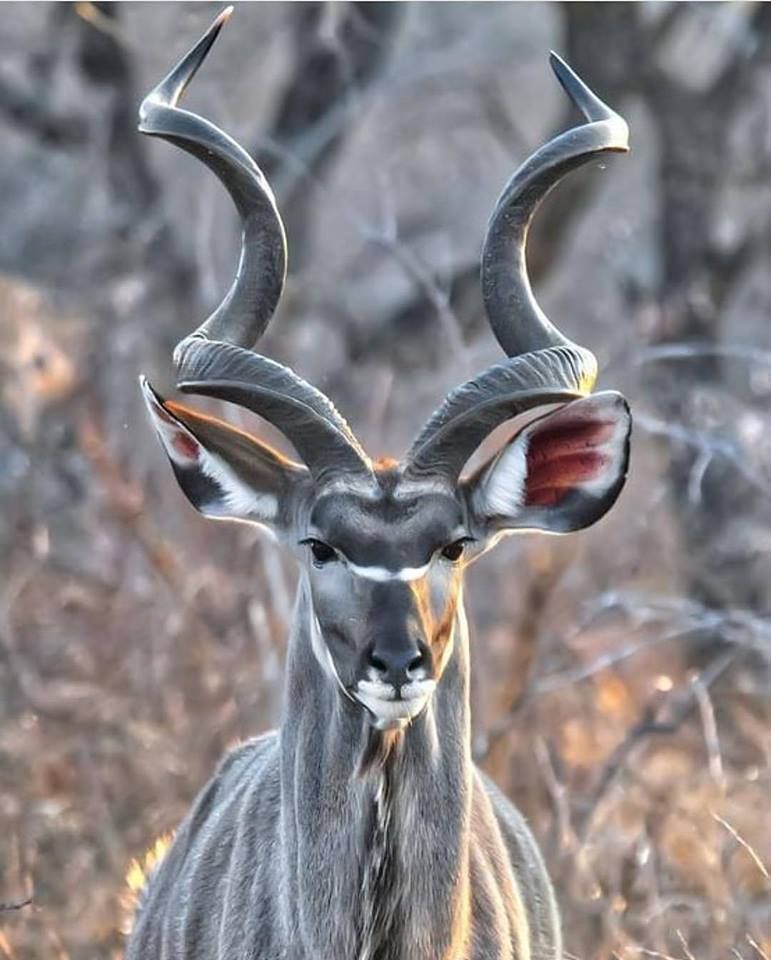
Females on the other hand will regularly form groups of three to ten with their calves. The male only joins the herd temporarily during mating season.

When the female is ready to give birth, she will separate from the group, then hide the calf in the bush for four to five weeks, only returning to nurse.
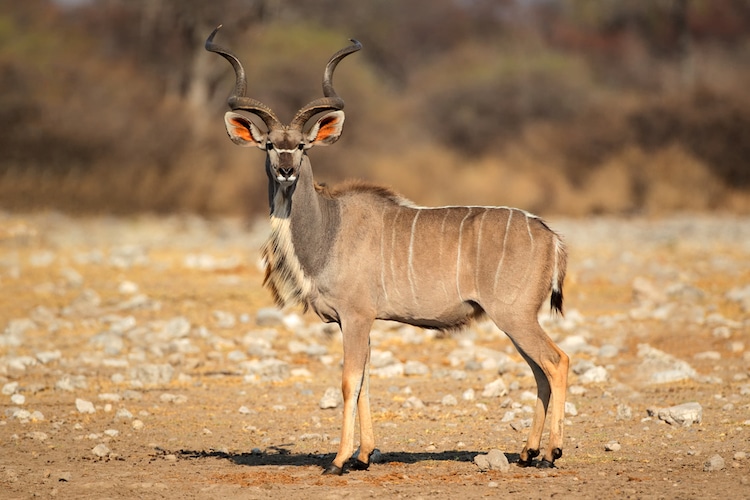
Once this period is over, the calf will begin to join its mother in the wild. After around three months, it will constantly be by its mother’s side, and then after around six months, it will become independent.
Although these beautiful creatures aren’t under threat, their habitat is still being eroded and they are targeted by poachers.
This story originally appeared on kingdomstv.com
